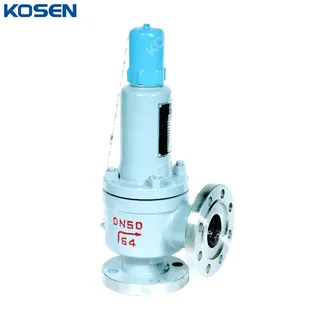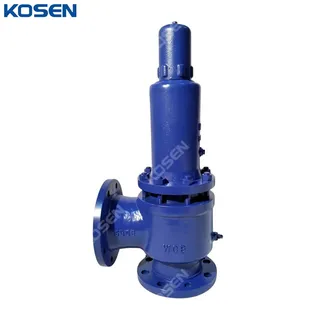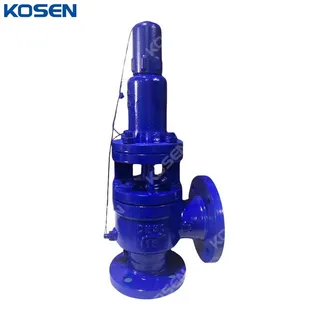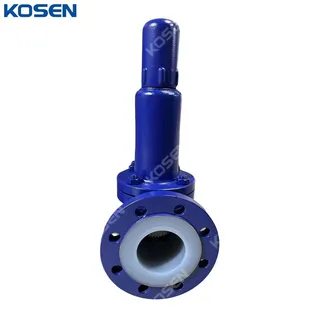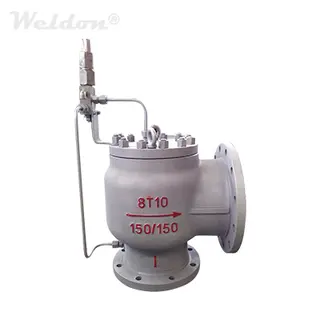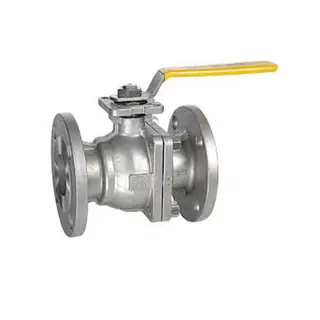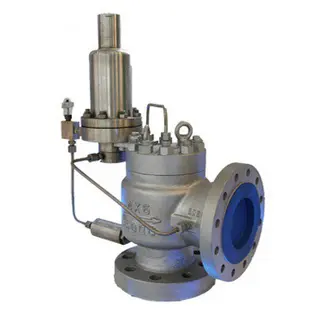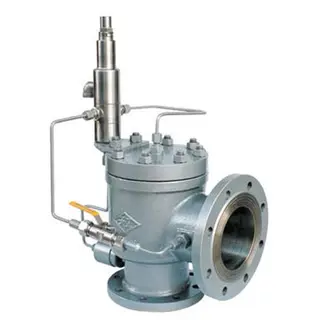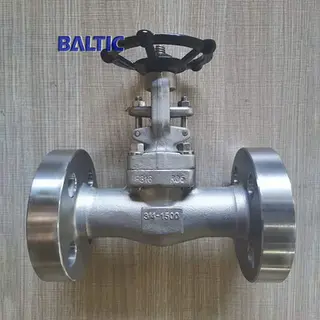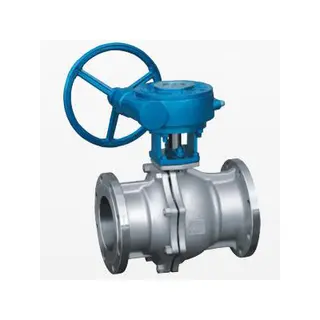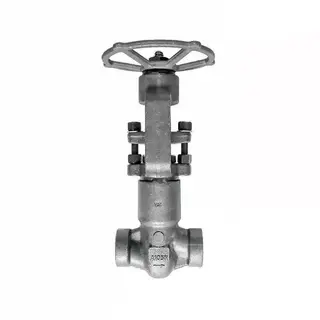Pilot Operated Safety Valve, API 526, WCB, 3 * 4 IN, CL1500
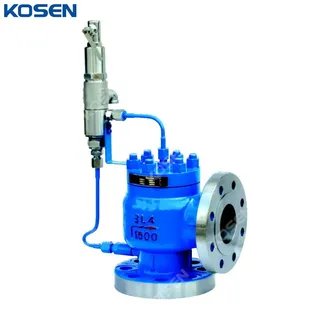
Key Specifications / Features
Detail Information
Product Name: Pilot Operated Safety Valve
Design Standard: API 526
Body Material: ASTM A216 WCB
Size: 3*4 Inch, DN80*DN100
Pressure: Class 1500 LB, PN250
End Connection: RF Flanged
A pilot-operated safety valve, also known as a pulse-type safety valve, is a pressure relief device that uses the discharge of the medium from the pilot valve to control the operation of the main valve. The pilot valve itself is a standard spring-loaded direct-acting safety valve. As an automatic valve, it plays a crucial role in ensuring personal safety and protecting equipment by preventing excessive pressure in boilers, pressure vessels, and pipelines. Based on the opening height of the valve disc, safety valves can be categorized into micro-opening and full-opening types.
Technical Specifications
» Product model: (K)AX46F(Y)
» Normal Size Range: 1-8 Inch (DN25-DN200)
» Normal Pressure Rating: PN16-PN100, Class 150-600 LB
» Design and Manufacture: GB/T 12243-1989, API RP 520, 521, API 526, API 527
» Face to Face (End to End): GB/T 14087, JB/T 6441, JB/T 2203, JB/T 9624, JB/T 53170
» Flanged Connection: ASME B16.5, DIN 2543-2545, EN 12627
» Test and Inspection: API 598, DIN 3230, MSS SP-117
» Materials: Carbon Steel, Stainless Steel, Alloy Steel, Duplex or Other Specials
» Ends Connections: RF Flanged, Groove Flange
» Working Medium: Steam, Air
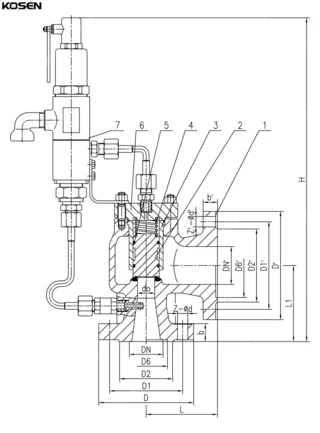
Product Features
The pilot-operated safety valve is ideal for high-pressure, large-diameter applications. It offers excellent sealing performance and is less affected by back pressure compared to other types. However, its reliability depends on both the main valve and the pilot valve, and its response time may not be as fast or reliable as that of a direct-acting safety valve. Additionally, the valve has a more complex structure.

